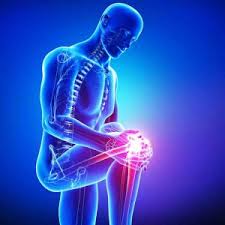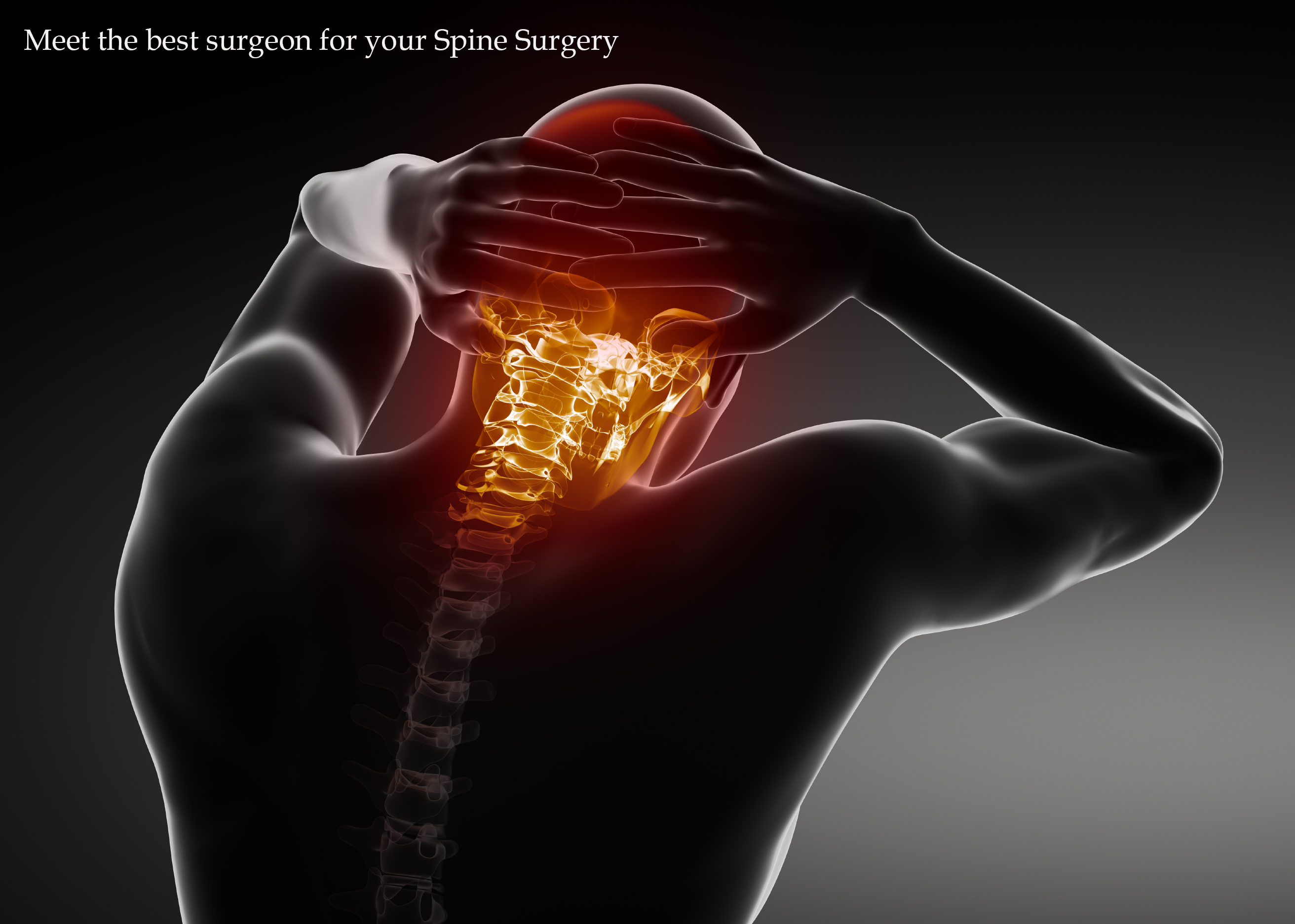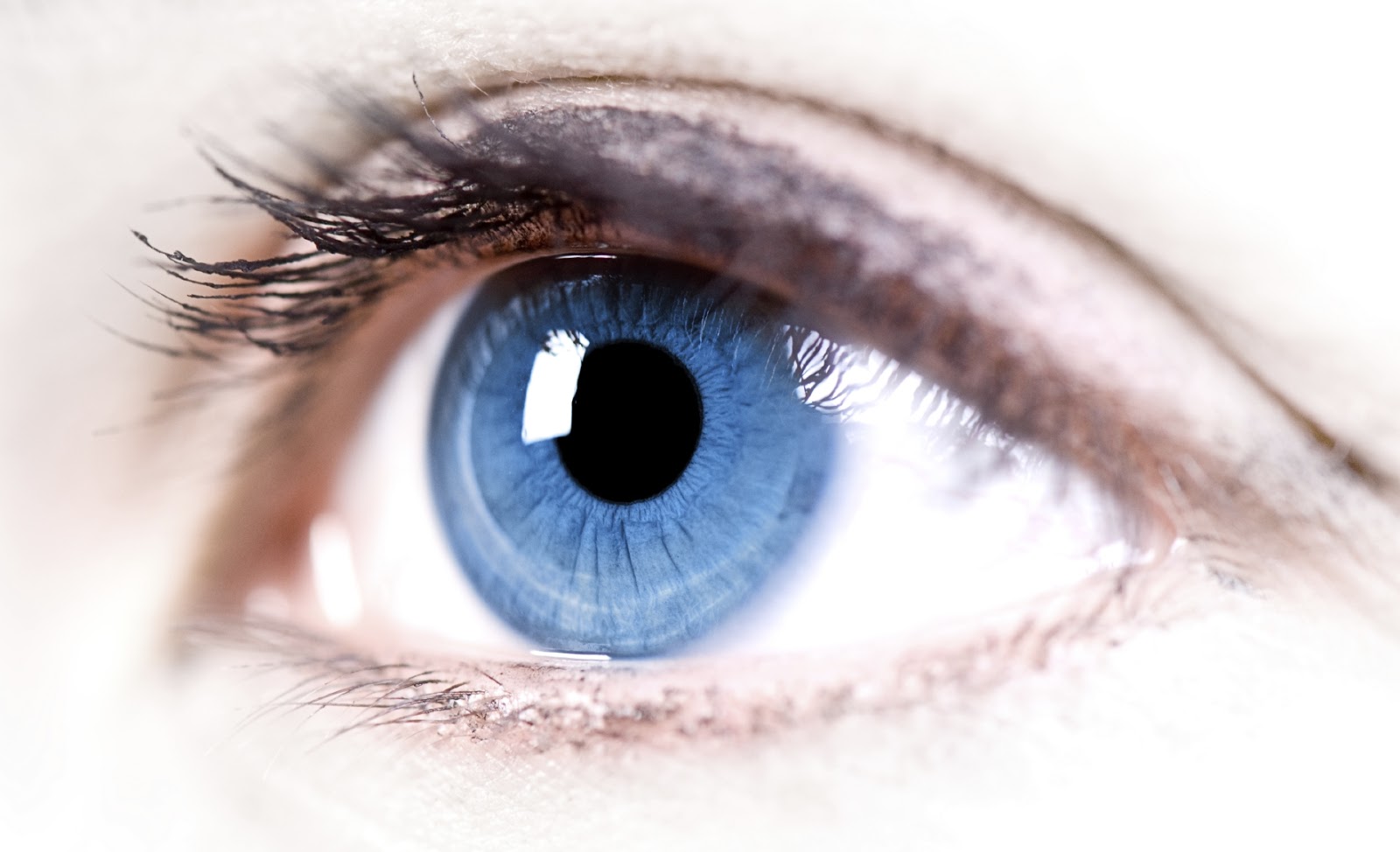Overview
Hemangiomas are benign vascular tumors commonly occurring in infancy and childhood, affecting females more than males. few may be present from birth or even develop in adults. Clinically, hemangioma presents as smooth or lobulated soft tissue mass, measuring few millimeters, which is hardly noticeable, to several centimeters causing physical disfigurement and functional disturbance. Sixty percent of the lesions occur in head and neck region with lip, tongue, and palate being the most preferred site. Detailed study of hemangioma and its growth pattern needs to be performed to hopefully yield targeted therapeutics to treat and reduce the unnecessary social embarrassment to the patient.
Most hemangiomas go through phases of growth, then go away on their own.
- Phase 1 (first 2 to 3 months) – Appear during the first weeks of life and grow fast.
- Phase 2 (next 3 to 4 months) – The growth slows down.
- Phase 3 – No change.
- Phase 4 (next 1 to 10 years) – At around 1 year of age, the hemangioma starts shrinking and fading in color slowly. Many go away during this time.
- By age 5, most hemangiomas are flat and lighter in color.
- By age 10, many are gone or very hard to see.
Some hemangiomas leave behind soft, wrinkly skin in areas that were stretched out by the growth. Others leave behind the look of surface blood vessels. If there are skin changes, your child may have a procedure when they’re older to correct the changes.
Diagnosis
The health care provider can usually look at their skin to see a hemangioma. If they can’t tell, your child may need an imaging test, like an ultrasound scan.
Types of Hemangiomas
Hemangiomas may happen anywhere on the body. Picture 1 shows the 3 main types:
Superficial (on the surface of the skin) – Look flat at first, then become bright red with a raised, uneven surface.
Deep (under the skin) – Appear as a bluish-purple swelling with a smooth surface.
Combined – Have both superficial and deep components.
Treatment
If your child’s hemangioma needs to be treated, their doctor or health care provider will talk to you about options. Treatment depends on the size, location, and if it’s causing any problems for your child. Treatments may include:
- Topical medicine (cream or lotion that is rubbed on the hemangioma):
- Topical beta blockers may help lighten the hemangioma and slow its growth. This works best on small, superficial hemangiomas.
- Topical antibiotics are used for open sores with concern for infection.
- Oral medicine (taken by mouth) – Your child will be watched closely for side effects. They may need to have an exam before starting these medicines.
- Propranolol is the first oral treatment option.
- Prednisone may be used if propranolol doesn’t work or can’t be used on your child’s hemangioma.
- Surgery – Your child may need surgery to remove the hemangioma. This is rare. It may be done when the hemangioma has stopped growing or other treatments have failed. Your child may also have surgery to remove markings left over from hemangiomas.
- Laser – This may lighten the look of blood vessels left over from hemangiomas.
Conclusion
Hope this article finds you with informative knowledge needed, further if you come across any of your family members friends or your loved ones with anysuch kind of disease you can guide them to us or share their latest reports via email – query@gtsmeditour.com and get the second best opinion from our experienced doctors and treatment plan for the same.
Thank you..!











